Every four years, theatre and performance artists from around the world descend on the Czech Republic to explore the most cutting edge ideas in scenography and design at the Prague Quadrennial (PQ). For ten days, the city turns into a stage as performances crop up on the streets, on islands, in public squares, and even in theatres on occasion. I attended the PQ with my students, a group of emerging dramaturgs and directors studying arts writing at the festival. One morning we headed to the island Štvanice in the middle of Prague’s Vltava river. Nina Vogel, Brazilian multidisciplinary performance artist, was waiting for us. She was ready to perform her lambe-lambe piece ConCordis. She was imposing, wearing a dramatic garnet cape and an enormous heart strapped to her torso. “Welcome to my very big heart,” she greeted the audience, a twinkle in her eye, “and my tiny brain.” She tipped her head, and sure enough, atop her headband a comically diminutive puppet brain popped open.
Lambe-Lambe and the Radical Generosity of Miniature Puppet Theatre
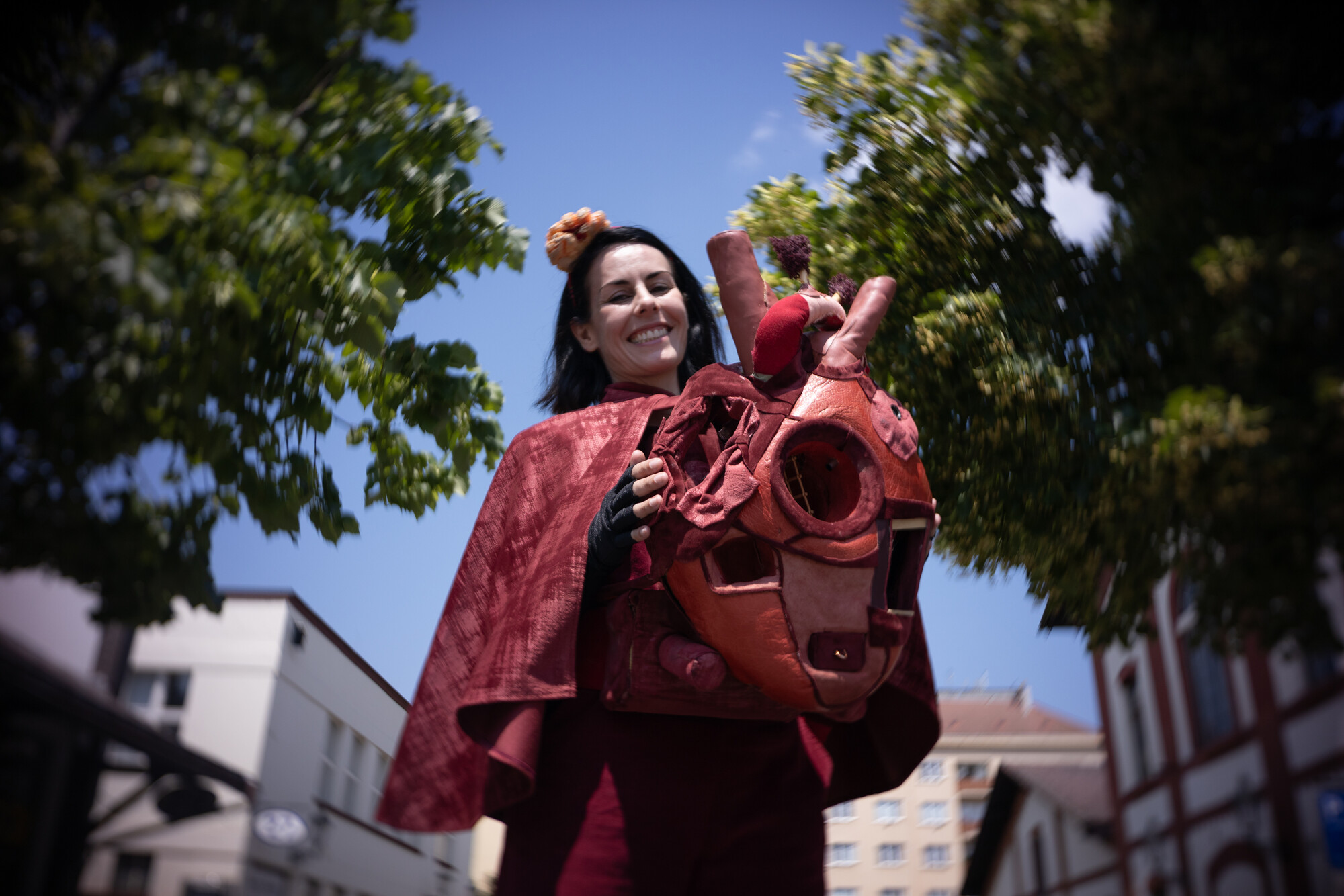
Nina Vogel in her costume for ConCordis – the Heart at Prague Quadrennial 2023 - RARE Performances Session. Created and performed by Nina Vogel. Exterior eye by Irina Niculescu. Original soundtrack by John Lewandowski. Photo by Luciana DalRi.
Teatro lambe-lambe is a form of miniature puppet theatre created by two Black women, Denise di Santos and Ismine Silva, in Brazil in 1989. Vogel characterizes it as a social movement as well as a theatrical one, and di Santos and Silva located the origins and essence of the form as Black, feminine, and Latin American. “The lambe-lambe came to change. It came to build values. It came to congregate. When I say to build values, I mean those values that are for the good of humanity,” di Santos said in a video recorded in Salvador, Bahia, and shared by Vogel in her PQ Talk “Lambe-Lambe Theatre: Minimalism and Creativity Take Over the Streets of the World.” This form of street theatre is now prevalent throughout South and Central America and practiced in more than thirty countries worldwide. Performed for one person at a time, traditionally the audience member views the performance through a peephole of a camera obscura-style box resting on a table. The name comes from a Brazilian term for street photographers: foto lambe-lambe. Vogel befriended di Santos when she began presenting lambe-lambe workshops and masterclasses during the pandemic. Vogel put her spin on lambe-lambe’s hallmark box by building a heart. The peephole only makes a brief cameo when the spectator has the opportunity to look through the puppet’s telescope and see the tiniest stars in the universe.
Still, some days being chronically ill feels like another full-time job on top of my artistic practice as a freelancer and the work I do to pay my bills.
At Štvanice, my students and I lazed on the grass as they stepped away to experience ConCordis one by one. I went last. As they returned to the group, most were misty-eyed, and one or two had tears dampening their cheeks. They debated whether I would succumb. “You’re definitely going to cry, Kristin,” they concluded, “especially because of your heart stuff.”
My “heart stuff” is a genetic condition that causes a life-threatening arrhythmia. When I first got sick during lockdown, my life and career had already been thrown into chaos. I think a lot about how, if I hadn’t been working from home and my projects hadn’t already pivoted to digital or been canceled, I don’t know how I would’ve gotten through that time. My conditions are well managed now; I received a defibrillator and pacemaker in the fall of 2021. Still, some days being chronically ill feels like another full-time job on top of my artistic practice as a freelancer and the work I do to pay my bills. My primary cardiologist learned about Equity cots last fall when I was talking with her about managing my fatigue while rehearsing two shows and teaching. (She suggested I take naps during tech.) She told me point blank that I can’t push my body the way I did before. I’ve wondered how long I can continue this way. I’ve applied for fewer opportunities. I’ve scaled way back. And I’ve felt constant guilt for not prioritizing my career the way I used to. Then, there I was in Prague, and the study abroad I was leading was once again pushing me to my physical limits. This is what I was ruminating on while I waited to see ConCordis.
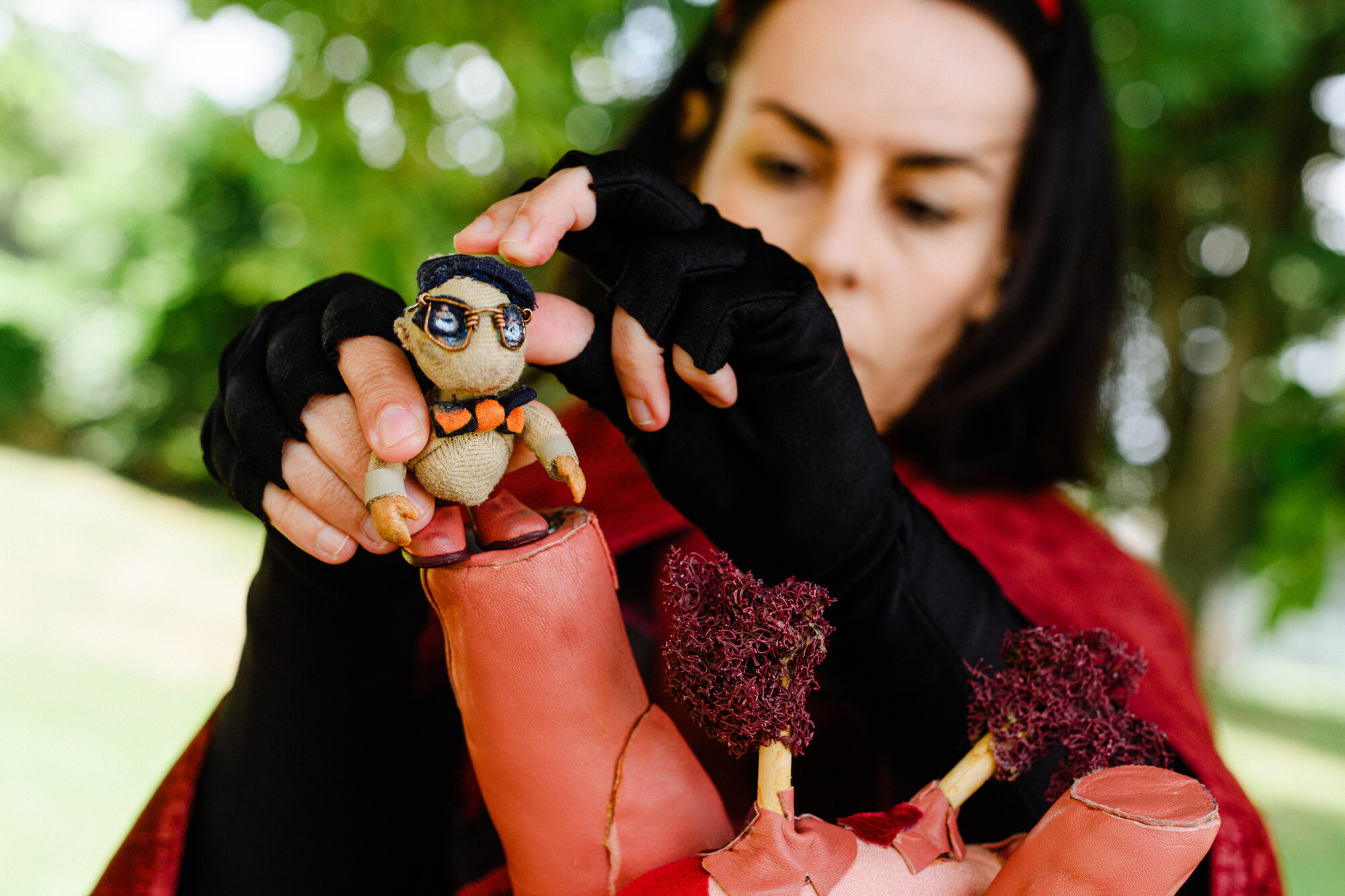
Nina Vogel in ConCordis – the Heart at Prague Quadrennial 2023 - RARE Performances Session. Created and performed by Nina Vogel. Exterior eye by Irina Niculescu. Original soundtrack by John Lewandowski. Photo by Jan Hromadko.
When it was my turn to witness the performance, I settled into a chair across from Vogel and she handed me a stethoscope. This was preparation, she explained before the performance started. Here we go, I thought. I’ve become expertly attuned to my heart’s idiosyncrasies. I’ve taken dozens and dozens of EKGs and felt my pulse thousands of times. But I realized I’d never used a stethoscope. I panicked as I tried to find my heartbeat—nothing. Vogel waited patiently. Finally I lied and told her I found it, self-conscious about delaying the curtain for my own one-person performance after she had already performed ten times that morning.
ConCordis is a deceptively simple piece. A tiny puppet named Titilo (from titilar, the Spanish verb for twinkle) moves through the chambers in his house: his music room, his library, and his observatory where he looks to the stars and then breaks down into tears. His house, of course, was also his heart—or Vogel’s heart, or my heart, they had all converged. A house is my cardiologist’s favorite metaphor for the heart, which can have plumbing issues, or electrical issues. (Mine has electrical issues; Vogel’s lambe-lambe heart briefly had plumbing issues. While she was conceiving the piece, she couldn’t figure out how to construct the night sky until she had an epiphany with a found length of toilet pipe on the side of the road one day.)
Once it began, the piece was mostly wordless. Ambient music piped through the big over-ear headphones Vogel provided. I could feel my heartrate and breathing slow as I watched the puppet climb a long, spindly ladder from his heart to his brain where he peered in and found nothing of use. I thought of a quote I keep on my desk from the Tin Man in The Wizard of Oz: “Once I had brains, and a heart also. So, having tried them both, I should much rather have had a heart.”
Even when we were confined to our homes or, in my case, when I feel trapped inside my own anatomy, the vastness and infinitude of the universe is always within us.
As he perused the volumes of his library, I got to read along. Vogel handed me a small sheet of paper with a short text from Samuel Benchetrit. It was a cri de coeur for vulnerability. “There are not enough brave hearts. There aren’t enough hearts outside,” the text urged. My hand went to the battery pack on my defibrillator, which pokes out from under my skin. I traced the hard rectangular outline of what I think of as my backup heart. Some people wear their hearts on their sleeves. Mine is about an inch under my clavicle.
The predicted tears welled hot under my eyes when Titilo and I peered through the telescope. The peephole enveloped me, and the hot summer morning became a cool, clear night. My tears made the stars and moon blurry. This moment reminded me that, even when we were confined to our homes or, in my case, when I feel trapped inside my own anatomy, the vastness and infinitude of the universe is always within us.
In conversation with my students at Štvanice, Vogel called lambe-lambe “the most generous art form in the world.” She was speaking of a reciprocal relationship between the performer and the spectator. She gives each audience member her whole self for the few moments the performance lasts, and in doing so invites the spectator to give themselves over completely to the performance. After we looked at the stars, Vogel cued me to take off my headphones. She handed me back the dreaded stethoscope. This time, as I fumbled around the site of my defibrillator, I heard my heartbeat: faint, but there.
Then Titilo joined me, his body barely larger than the stethoscope’s bell.
Together we listened to my heart. I waited for palpitations, bigeminy or trigeminy beats, but my pulse was steady and rhythmic. Vogel handed me a final slip of paper, the size of a fortune cookie, to conclude the performance: “Have you listened to your heart today?” Listening to my heart is a survival mechanism, but in that moment it was also an act of joy and of connection.
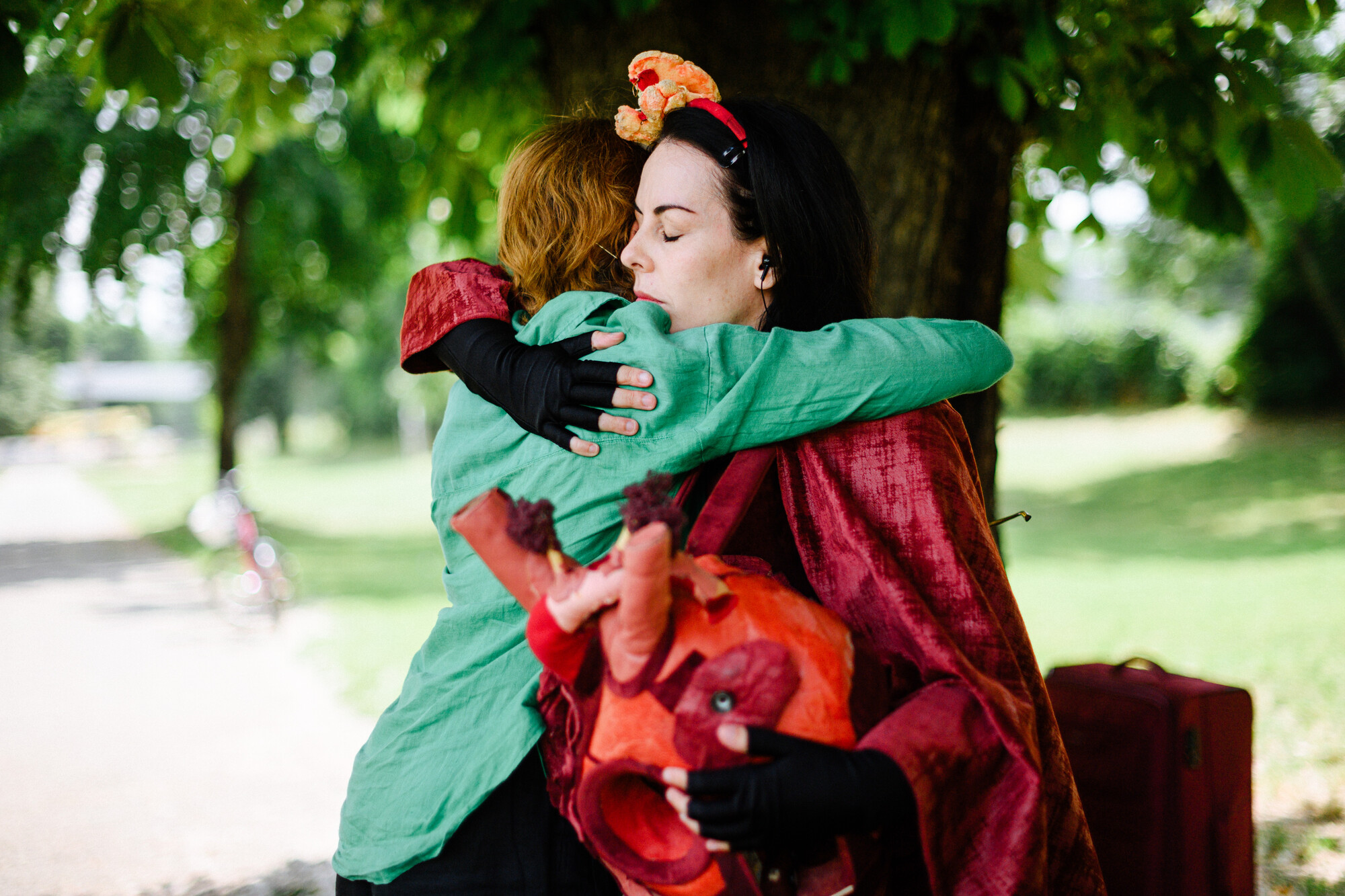
Kristin Idaszak and Nina Vogel in ConCordis – the Heart at Prague Quadrennial 2023 - RARE Performances Session. Created and performed by Nina Vogel. Exterior eye by Irina Niculescu. Original soundtrack by John Lewandowski. Photo by Jan Hromadko.
ConCordis was developed in 2019, and Vogel was supposed to take it on tour in 2020. Instead, she spent the year performing it via Zoom, yet another innovation of the form’s photographic origins. She has since performed it in person at festivals around the world. Its meditation on intimacy, self-excavation, and the generosity of connecting one heart to another predates the loneliness epidemic of the pandemic. Of course, that crisis precedes the pandemic as well. Like many other systemic issues, those months or years of isolation served merely to reveal and deepen the chasm of disconnectedness and alienation. ConCordis is a salve for that wound. It’s not a miracle cure, by any means—no single performance or artistic experience can singlehandedly achieve that—but when Titilo laid down on the floor of his observatory and wept, I felt witnessed in my own grief and loss through the pandemic and through my illness. When he listened to my heart with me, I felt heard in my decision to pursue this art form I love despite my uncertainty. We shared a secret.
The intimacy of this piece also reveals a paradox about spectacle in post-pandemic theatre. There is a trend toward escapism, perhaps for some of the very reasons mentioned above. What better antidote to isolation than to spend an evening at the theatre indulging in a flight of fantasy? More spangles, louder music, flashier effects… these experiences are pleasurable, but they don’t make me feel less alone. ConCordis is also, in a sense, spectacle-based, albeit on a miniature scale. But because of the radical generosity of lambe-lambe, the result is unadulterated connection. It accomplishes in fifteen minutes what some commercial productions have failed to elicit in me in two hours. It is irreducibly human, in spite—or perhaps because—of using puppetry as its medium.
After repeating her performance a dozen times, Vogel packed up her heart gingerly in a suitcase, because after all, even outside hearts need protection.

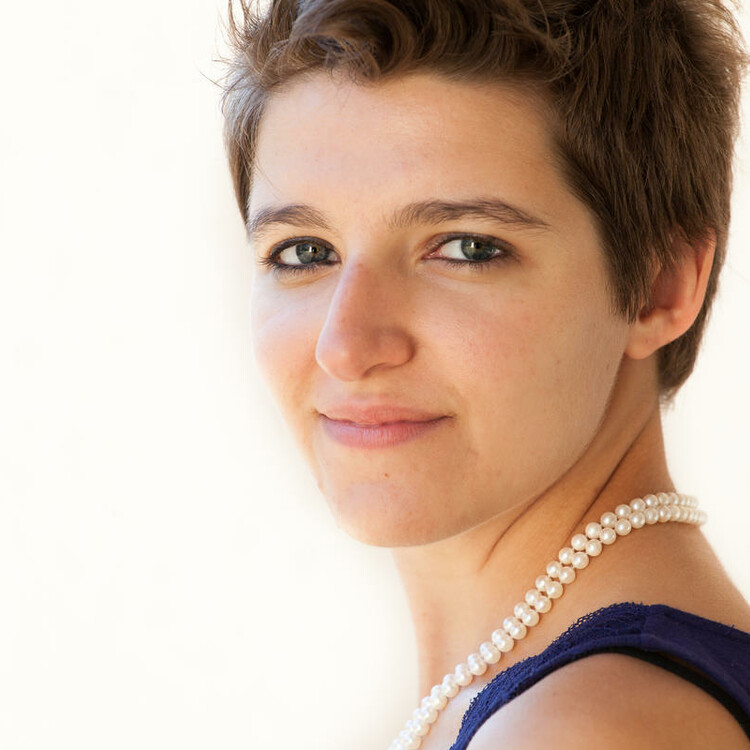
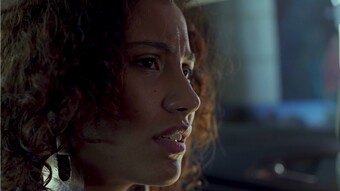

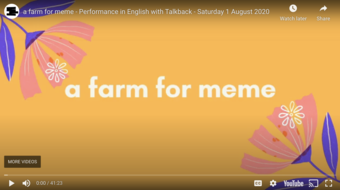

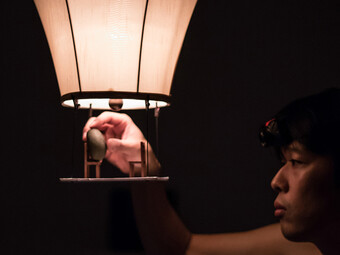

Comments
The article is just the start of the conversation—we want to know what you think about this subject, too! HowlRound is a space for knowledge-sharing, and we welcome spirited, thoughtful, and on-topic dialogue. Find our full comments policy here